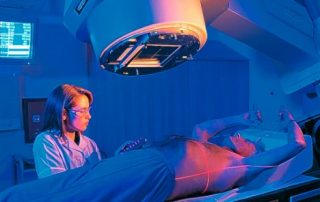3 Lessons From An Alarming Case Of Mistaken Cancer Gene Test Results And Surgery
Date: October 28, 2017 Source: Forbes.com Author: Elaine Schattner A horrifying story broke last week about a 36-year-old Oregon woman who had elective surgery to remove her uterus and breasts. Elisha Cooke-Moore underwent a prophylactic total hysterectomy and bilateral mastectomy, with nipple-sparing reconstruction and implants, after medical practitioners informed her she had cancer-causing genes. Only later, she learned she didn’t have the abnormality about which she’d been informed. There’s a lawsuit. As reported in The Washington Post, Cooke-Moore expressed concerns to a doctor about her family’s cancer history before getting tested for mutations in BRCA-1, BRCA-2 and related genes in 2015. A nurse practitioner reviewed the results and erroneously told her she had Lynch syndrome because of an MLH1 mutation. BRCA testing was “negative.” It’s not clear if any doctor directly reviewed the lab report. An obstetrician-gynecologist informed Cooke-Moore that her chances of developing breast cancer were 50% and for uterine cancer up to 80%. In 2016, at least two surgeons operated. Cooke-Moore discovered the mistake while looking over her medical records: The MLH1 result was “negative,” she noted in 2017. “I am damaged for the rest of my life,” Cooke-Moore told The Washington Post. Never mind the specifics. While it sounds like the plaintiff received egregious care, and I am sympathetic, I see this as a larger story of confusion over genetic test results leading to irreversible harm. My aim here is not to probe Cooke-Moore’s results or the circumstances of her decisions, but to consider the lessons for other patients and doctors. This case [...]


